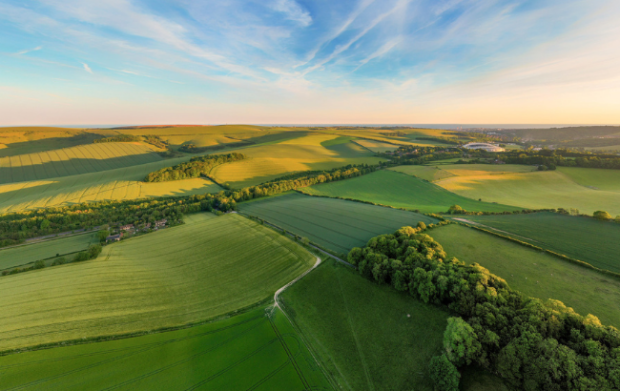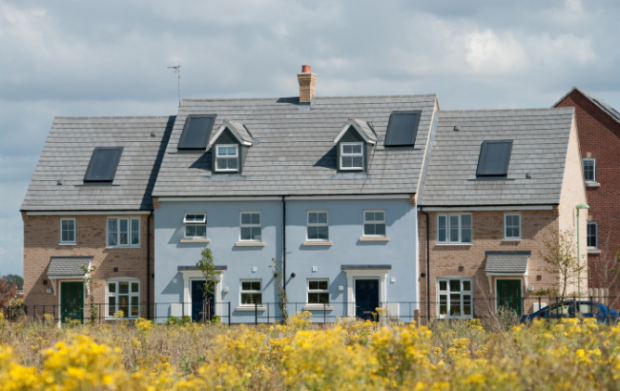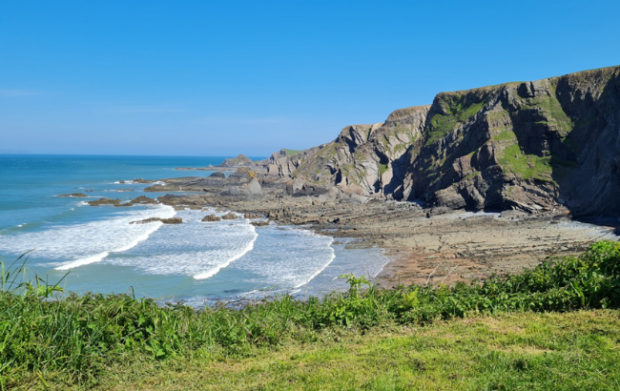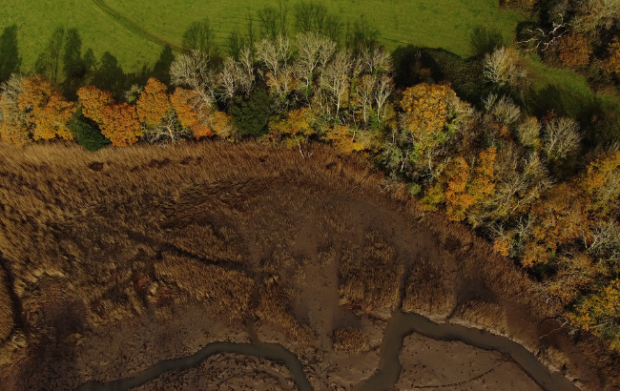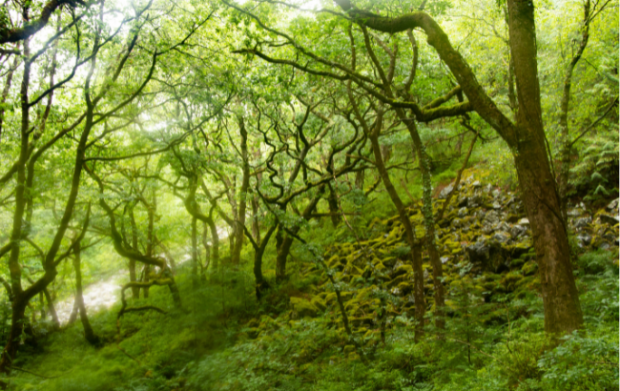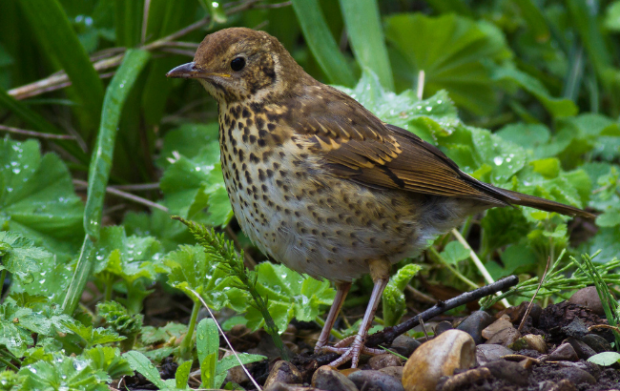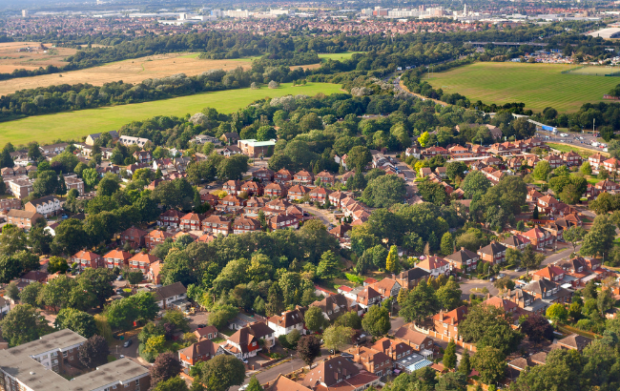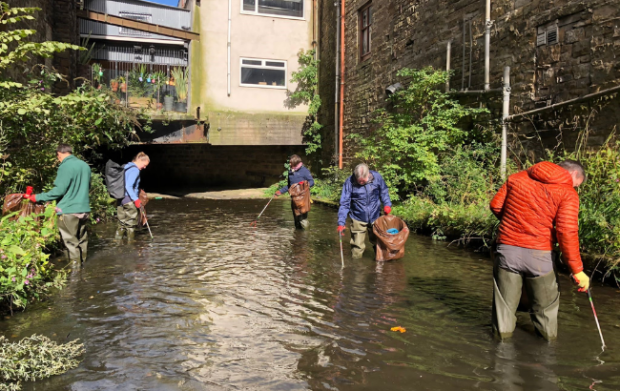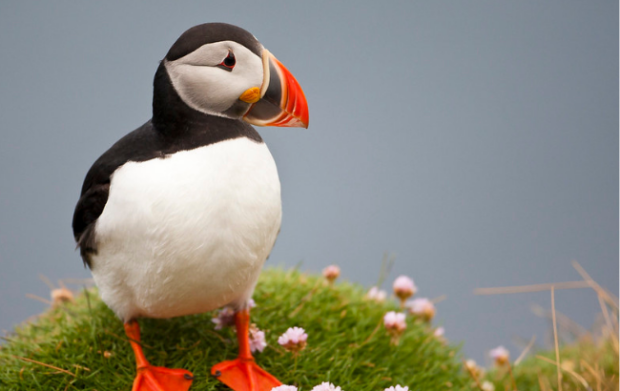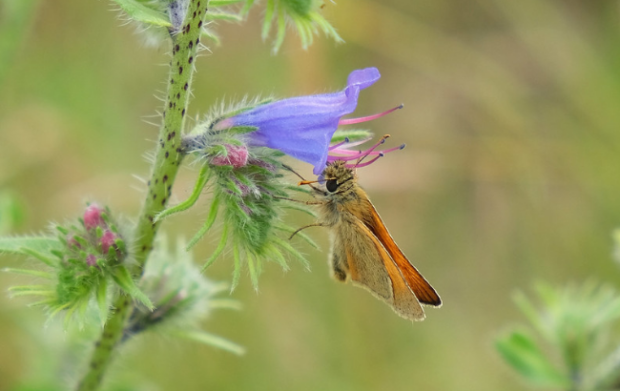Land use
Conservation covenants are legally binding agreements to protect nature or heritage features on land. In this post, we explore their benefits - including how they help to expand the market for biodiversity net gain offsite units.
This post explains how small developments must now have a positive impact on biodiversity.
Sarah Adcock and David Jones, Senior Responsible Owners for Defra's Natural Capital and Ecosystem Assessment programme explain why building a picture of our natural assets and their benefits is the first, crucial step in protecting our environment.
In this post, Emma Magee shares what it's like to be a Catchment Coordinator in Devon.
In this blog, Zelda Baveystock tells us about the 20 successful projects that will receive funding through the Species Survival Fund.
In this blog, Julian Harlow, head of the Local Nature Recovery Strategies policy team in Defra, tells us how these local strategies are helping us to achieve our national environment targets.
Biodiversity Net Gain becomes mandatory for major developments today, but why does this matter? Rachel Fisher, Defra’s Deputy Director for Land Use, outlines the benefits of the policy.
The Green Recovery Challenge Fund was an £80 million fund developed in response to the COVID-19 pandemic, designed to help nature recovery and conservation whilst creating and sustaining jobs. In this blog post, we'll delve into the incredible achievements this …
Today, one year exactly since the publication of the Environmental Improvement Plan (EIP), we are taking further actions to halt and reverse the decline of nature in our country. Firstly, to protect an important forage fish for a range of …
On 31 January, the one-year anniversary of the Environmental Improvement Plan, we will permanently expand this Land Use blog into an Environment blog. That means we’ll change from defralanduse.blog.gov.uk to defraenvironment.blog.gov.uk. The new Environment blog will showcase the breadth of …
